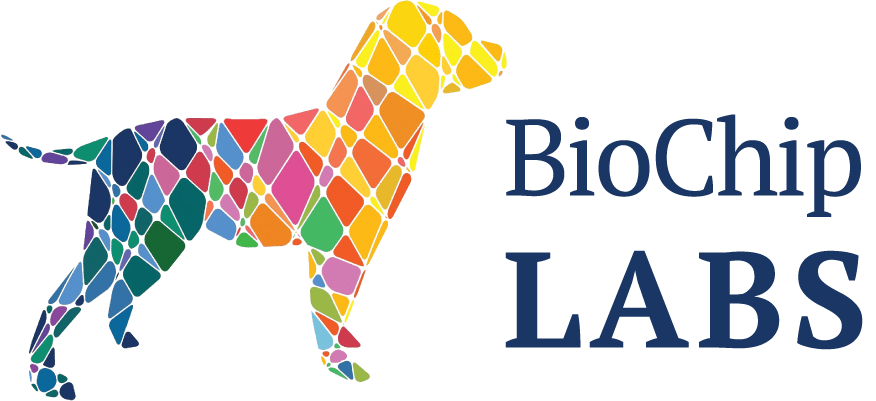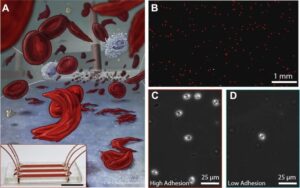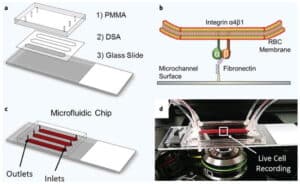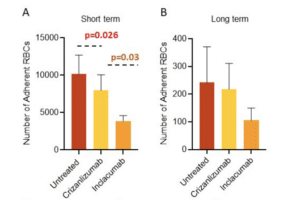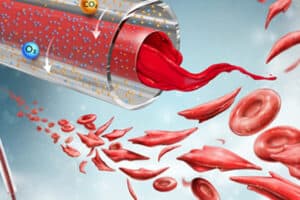Many hypotheses have been proposed to explain how a glutamate to valine substitution in sickle haemoglobin (HbS) can cause sickle cell disease (SCD). We propose and document a new mechanism in which elevated tyrosine phosphorylation of Band 3 initiates sequelae that cause vaso-occlusion and the symptoms of SCD. In this mechanism, denaturation of HbS and release of heme generate intracellular oxidants which cause inhibition of erythrocyte tyrosine phosphatases, thus permitting constitutive tyrosine phosphorylation of Band 3. This phosphorylation in turn induces dissociation of the spectrin-actin cytoskeleton from the membrane, leading to membrane weakening, discharge of membrane-derived microparticles (which initiate the coagulation cascade) and release of cell-free HbS (which consumes nitric oxide) and activates the endothelium to express adhesion receptors). These processes promote vaso-occlusive events which cause SCD. We further show that inhibitors of Syk tyrosine kinase block Band 3 tyrosine phosphorylation, prevent release of cell-free Hb, inhibit discharge of membrane-derived microparticles, increase sickle cell deformability, reduce sickle cell adhesion to human endothelial cells, and enhance sickle cell flow through microcapillaries. In view of reports that imatinib (a Syk inhibitor) successfully treats symptoms of sickle cell disease, we suggest that Syk tyrosine kinase inhibitors warrant repurposing as potential treatments for SCD.
Keywords: anion exchanger 1; erythrocyte membrane; haemoglobinopathy; sickle cell disease; tyrosine phosphorylation.
© 2020 British Society for Haematology and John Wiley & Sons Ltd.
